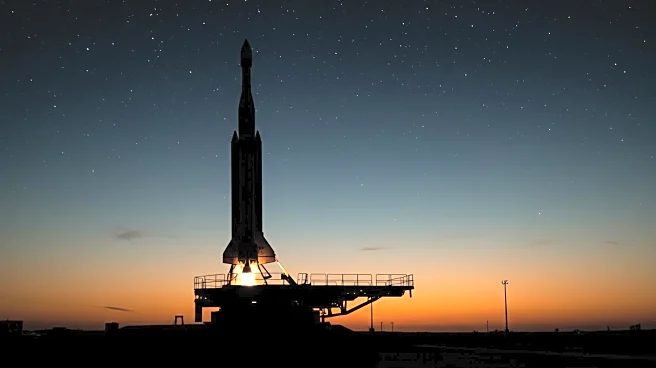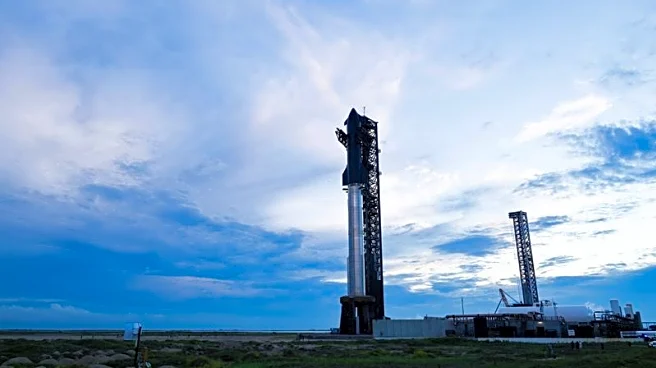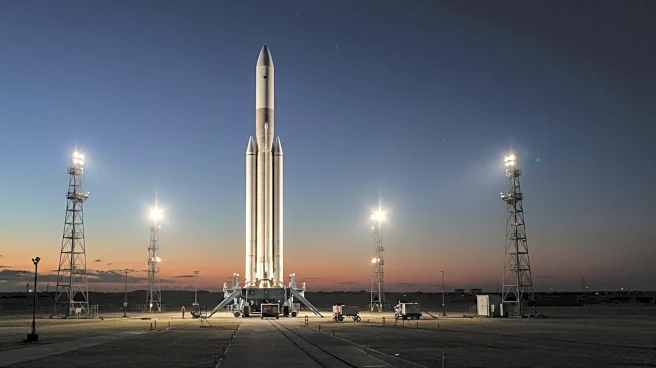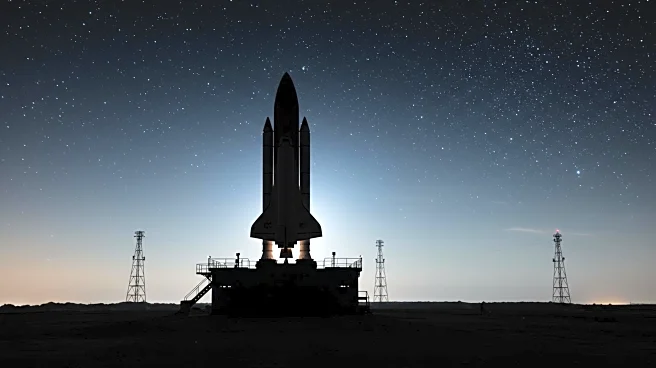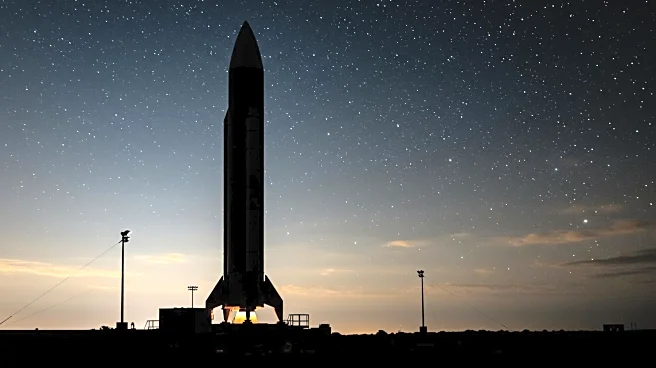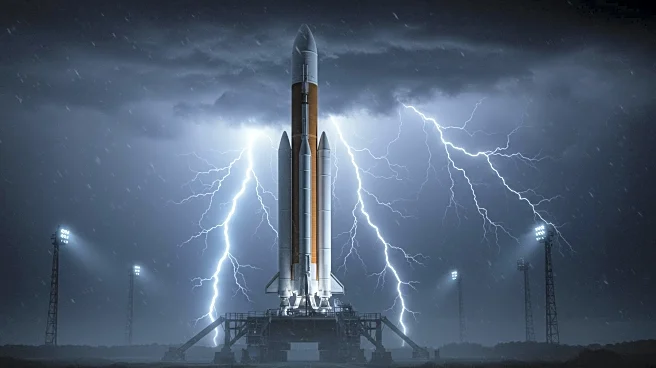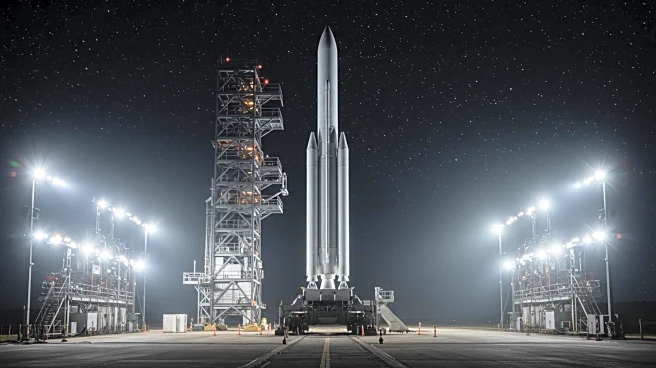What is the story about?
What's Happening?
SpaceX is preparing for the 10th test flight of its Starship spacecraft and Super Heavy rocket booster, following a series of technical setbacks. The current version of Starship, introduced in January, has faced challenges including a loss of control during a May mission and an explosion during a June engine test. SpaceX has investigated these issues, identifying high pressure in the nose cone due to a failure in the main fuel tank pressurization system diffuser as a cause for the May incident. The company has redesigned the diffuser to reduce strain on the fuel tank structure. Additionally, the June explosion was attributed to damage in a composite overwrapped pressure vessel (COPV), prompting SpaceX to lower operating pressure and increase inspections for future flights.
Why It's Important?
The successful development and launch of SpaceX's Starship are crucial for the company's long-term goals, including interplanetary travel and commercial space missions. Overcoming these technical challenges is vital for SpaceX to maintain its leadership in the aerospace industry and fulfill contracts with NASA and other entities. The improvements made to the Starship's design could enhance reliability and safety, potentially accelerating the timeline for future missions. Stakeholders in the space industry, including investors and government agencies, are closely monitoring these developments as they could impact the broader space exploration agenda.
What's Next?
SpaceX plans to continue testing the Starship with the redesigned components to ensure stability and safety in future flights. The company is likely to conduct additional ground tests and inspections to validate the effectiveness of the changes. If successful, these tests could pave the way for more ambitious missions, including lunar and Mars expeditions. The aerospace community and regulatory bodies will be watching closely to assess the implications of these tests on future space travel capabilities.
Beyond the Headlines
The setbacks faced by SpaceX highlight the complexities and risks involved in developing advanced aerospace technology. These challenges underscore the importance of rigorous testing and innovation in overcoming engineering obstacles. The lessons learned from these incidents could contribute to broader advancements in aerospace technology, influencing design and safety standards across the industry.
AI Generated Content
Do you find this article useful?


